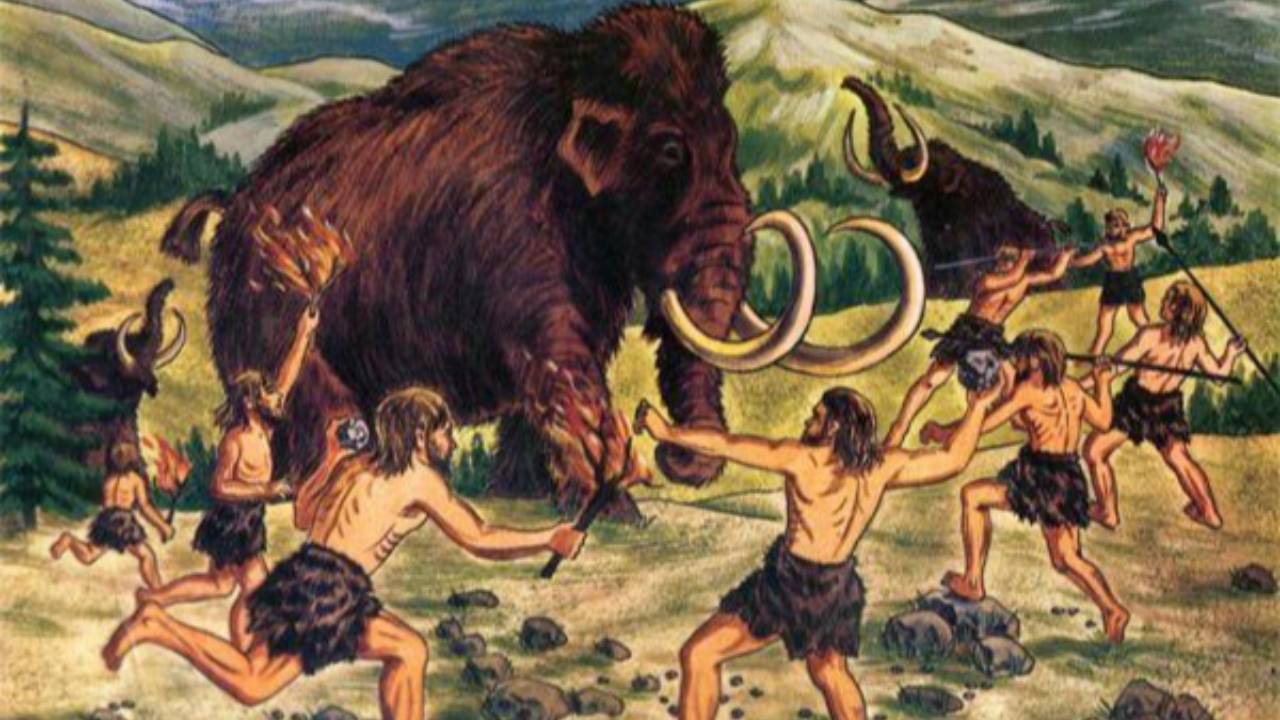Read More Breaking Marketing News
Maverick's Morning Thoughts
Hunter vs Gatherer Marketing

Understanding how consumers think and behave is crucial for setting up ad campiagns that drive as much profit as possible.
Daniel Kahneman's concepts of System 1 and System 2 thinking provides a valuable framework for differentiating between two types of consumer behaviors: gathering and hunting.
These behaviors significantly influence how consumers interact with advertising on platforms like Facebook, Instagram, and YouTube, as well as how they engage with content across the web.
System 1 and System 2 Thinking: An Overview
Daniel Kahneman, a psychologist and Nobel laureate, introduced the concepts of System 1 and System 2 thinking in his book "Thinking, Fast and Slow." System 1 thinking is fast, automatic, and intuitive. It operates effortlessly and quickly, often based on experience and pattern recognition. In contrast, System 2 thinking is slow, deliberate, and analytical. It requires conscious effort, logical reasoning, and critical thinking.
In the context of digital marketing, these systems can be likened to gathering and hunting behaviors:
- Gathering (System 1 Thinking): Consumers are in a relaxed, passive state, browsing through social media feeds, exploring new content, or casually scrolling through videos. They are open to discovering new information and are influenced by what they encounter serendipitously.
- Hunting (System 2 Thinking): Consumers are actively seeking specific information or products. They are focused and deliberate, using search engines, visiting particular websites, or navigating to specific profiles to find what they need.
Advertising in the Gathering Mindset
When consumers are in the gathering mindset, they are essentially foraging for interesting or valuable content. This behavior is akin to System 1 thinking, where they are open to discovering new things without a specific goal in mind. Platforms like Facebook, Instagram, and YouTube are prime examples of environments where gathering behavior occurs.
Key Characteristics of Gathering Behavior:
- Passivity: Consumers are not actively seeking specific information but are open to what appears in their feed.
- Receptivity: They are more likely to engage with content that is visually appealing, entertaining, or emotionally resonant.
- Immediacy: Decisions and engagements are made quickly, often based on first impressions.

By recognizing when consumers are in a passive, gathering mindset versus an active, hunting mindset, marketers can tailor their content and advertising efforts to better meet their audience's needs.
Advertising Strategies for Gathering:
- Visual Appeal: Use high-quality, eye-catching visuals and videos that can grab attention quickly.
- Emotional Engagement: Create content that resonates emotionally, such as inspirational stories, humor, or heartwarming messages.
- Native Advertising: Design ads that blend seamlessly with the platform's content, making them feel like a natural part of the feed rather than an intrusion.
For example, a fitness brand could post a motivational video on Instagram, showcasing success stories of individuals who have transformed their lives through their programs. This type of content is likely to catch the eye of someone casually scrolling through their feed, inspiring them to learn more about the brand.
Advertising in the Hunting Mindset
When consumers are in the hunting mindset, they are actively seeking out specific information or products--they DO NOT wish to be bothered unless by the outcome they are hunting for.
This may remind you of what Seth Godin called "disruptive advertising."
This behavior aligns with System 2 thinking, where they are focused, deliberate, and less receptive to distractions. This mindset is prevalent when consumers use search engines to find articles, visit specific websites, or navigate directly to particular profiles.
Key Characteristics of Hunting Behavior:
- Goal-Oriented: Consumers have a clear objective and are actively searching for specific information or products.
- Critical Evaluation: They are more likely to critically evaluate content, seeking detailed and relevant information.
- Lower Tolerance for Disruption: They are less receptive to irrelevant ads that interrupt their search process.
Advertising Strategies for Hunting:
- Search Engine Optimization (SEO): Ensure that your content ranks highly in search engine results for relevant keywords.
- Targeted Advertising: Use precise targeting to display ads that are highly relevant to the consumer's search intent.
- Content Marketing: Provide in-depth, valuable content that meets the consumer's needs and positions your brand as a helpful resource.
For instance, a tech company could create a series of detailed blog posts or videos about their latest product features, ensuring these resources are optimized for search engines. When a consumer searches for specific product reviews or technical specifications, they find this content and engage with it, leading to higher chances of conversion.
Balancing Both Mindsets in Your Marketing Strategy
An effective digital marketing strategy recognizes the need to balance both gathering and hunting behaviors. Here are some tips for achieving this balance:
- Diversify Content: Create a mix of content that caters to both passive browsers and active searchers. This might include engaging social media posts, in-depth blog articles, and detailed product videos.
- Use Analytics: Leverage analytics to understand how your audience interacts with your content. Identify patterns that indicate gathering or hunting behaviors and adjust your strategy accordingly.
- Personalize Experience: Use personalization tools to tailor the content and ads to individual preferences and behaviors. This ensures that both gatherers and hunters receive relevant and engaging messages.
Understanding the difference between System 1 and System 2 thinking and how they relate to gathering and hunting behaviors is essential for crafting effective digital marketing strategies.
By recognizing when consumers are in a passive, gathering mindset versus an active, hunting mindset, marketers can tailor their content and advertising efforts to better meet their audience's needs. This approach not only enhances the consumer experience but also increases the likelihood of engagement and conversion, driving long-term success for your brand.
To your success!

DOMINATE and WIN with MAVERICK
Learn how to use marketing to get whatever you want.